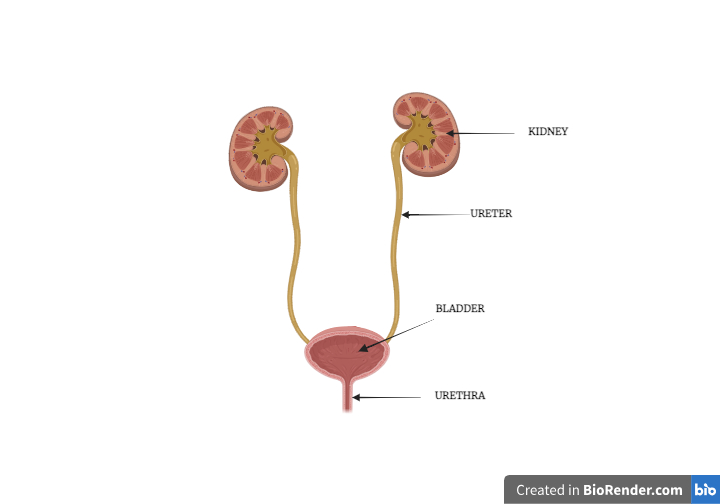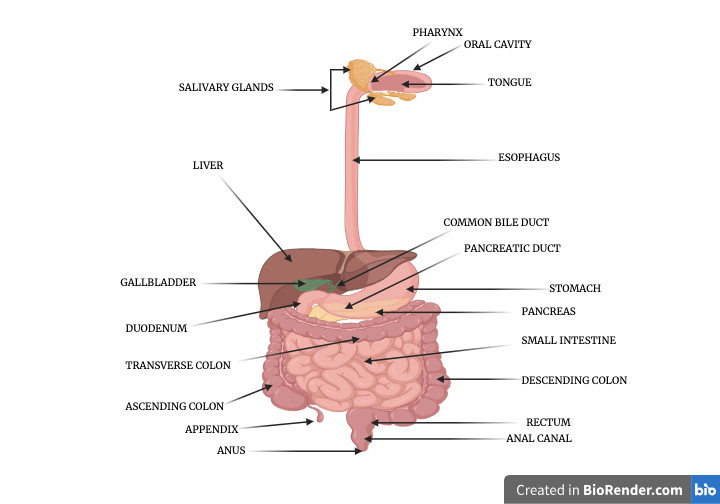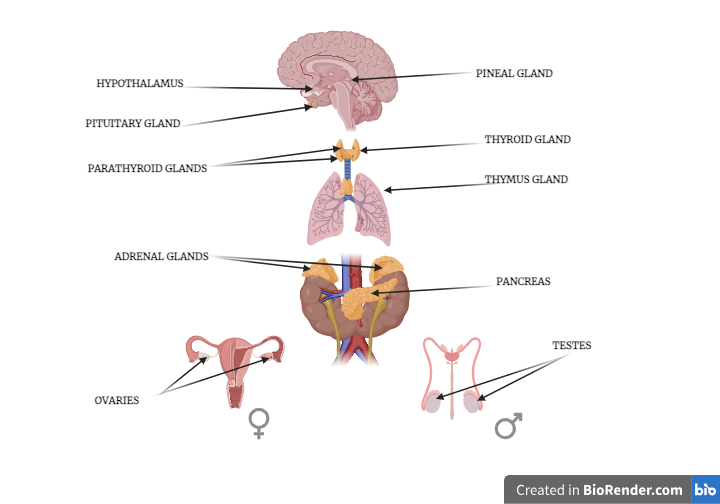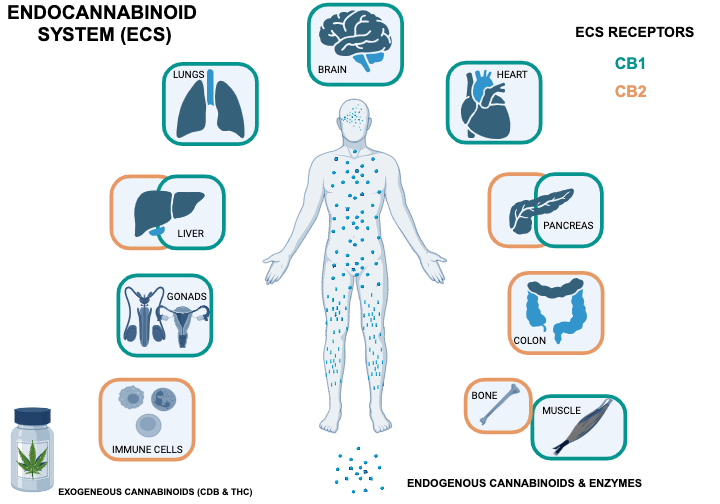PHYSIOLOGY
Body Systems

I find the complexity and integration of the human body fascinating. With my background in Biochemistry and many years of experience within a clinical laboratory, I love learning and teaching about the significance of the different biochemical laboratory tests for pathological conditions. Throughout the years, I developed many helpful study notes and diagrams, which I want to share with fellow learners looking for information on the different body systems.
The human body is incredible, with so many different levels of organisation, starting with the cell – the tiniest living unit of the body. Cells of the same kind form tissues. The interaction of other tissues leads to the formation of organs. Several organs working together to carry out similar tasks give rise to systems. The different complex systems form an integrated, sophisticated, and functional body.
The 12 Systems of the Human body
1) THE URINARY SYSTEM
The primary organ of the urinary system is the kidney. Two kidneys, one on each side of the body, are located at the back of the abdominal cavity, just above the waistline. The Urinary tract has six main functions: 1) Volume: It regulates blood/fluid in the body; 2) Concentration: It maintains the optimal concentration of circulating ions in the blood; 3) pH: It is responsible for long-term acid-base balance through regulation of hydrogen ions and bicarbonate; 4) Metabolic: Gluconeogenesis, glycogenesis, glycogenolysis, and Vit D Synthesis; 5) Excretory: Metabolic waste (urea, creatinine, hydrogen ions and uric acid), as well as, water-soluble drugs and toxins; 6) Endocrine: It produces the hormones Renin (mediates volume of extracellular fluid/helps control blood pressure) and Erythropoietin (EPO) which stimulates red blood cell production.


2) THE DIGESTIVE SYSTEM
The gastrointestinal tract (GIT), the alimentary canal, comprises the following organs: mouth, pharynx, throat, oesophagus, stomach, small intestine and large intestine. Accessory organs and structures include the liver, pancreas, gallbladder, lips, teeth, tongue and salivary glands. Digestion starts in the mouth!
3) THE ENDOCRINE SYSTEM
Endocrinology is the study of the endocrine glands. These glands release secretions into the bloodstream known as hormones.



4) THE REPRODUCTIVE SYSTEM
The function of the male and female reproductive systems is to produce sex cells, also known as gametes, needed to generate a new human being. Males produce and ejaculate spermatozoa (sperm = male gamete), and females produce mature eggs (ova = female gamete). Reproduction occurs when an ovum is fertilised by a sperm cell.
5) THE RESPIRATORY SYSTEM
The combination of organs and tissues that helps with breathing is known as the respiratory system. The main organ of the respiratory system is the lungs.


6) THE LYMPHATIC SYSTEM
The lymphatic system is a network of vessels and capillaries near the circulatory system's veins. It drains a clear fluid, the lymph, from the blood vessels into the tissues and back into the bloodstream via the lymph nodes. It also consists of several organs: the thymus, tonsils, bone marrow, and spleen. The function of the lymphatic system is to manage the fluid levels in the body. It is part of the body's immune system as it helps to recognise and filter foreign entities through the lymph nodes and spleen. It is responsible for maintaining high levels of B and T lymphocytes.
7) THE IMMUNE SYSTEM
The Immune system provides the body with the means to defend against germs and other invaders. The immune system consists of a cascade of events called the immune response.


8) THE CIRCULATORY/ CARDIOVASCULAR SYSTEM
The cardiovascular system consists of the heart (which provides the power), the blood vessels (which are like the roads in a transport system) and the blood (the blood cells are the vehicles within the body's transport system).
9) THE NERVOUS SYSTEM
The components of the nervous system are the brain, spinal cord, nerves, and neurons. The nervous system can be divided into two main parts: 1) the central nervous system (CNS) and 2) the peripheral nervous system (PNS), which is the part of the nervous system that lies outside the brain and the spinal cord and acts as a communication network between the CNS and the body parts.


10) THE MUSCULAR SYSTEM
The muscular system comprises three types of muscles: 1) the skeletal muscle, which is attached to the bones and plays a role in movement. It is also known as a striated muscle because of its appearance when viewed with a microscope; 2) the cardiac muscle, which, as the name implies, is found solely in the wall of the heart. Appearance is also striated muscle; 3) Smooth muscle, which is non-striated in appearance, hence its name and is found in the walls of all other tissues in the body.
11) THE SKELETAL SYSTEM
The skeletal system is made from connective tissue, and there are 206 bones in the body. The flexible part of the skeletal system, or where the bones come together, is called cartilage. The fibrous bands of connective tissue that connect the muscle to the bone are called tendons. The fibrous bands of connective tissue that connect the joints are known as ligaments. The bone cells are called osteoblasts.


12) THE INTEGUMENTARY SYSTEM
The integumentary system is associated with the skin. The word integument means covering or skin.
13) THE ENDOCANNABINOID SYSTEM
A new physiological system that is, in fact, ancient. Check out my blog post for more details.


By Alex
Do you need help with clinical, scientific, educational content or medical illustration projects?
